It remains hard to believe that Nissan brought back the Datsun brand with great excitement over the past decade, only to shut it down a little over a year ago. If we hadn’t attended one of the model debuts in Japan in the mid-2010s, the idea might seem like a surreal dream—and it still does—since North America didn’t receive the relaunched lineup.
However, if you search carefully, there are still signs of Datsun’s presence in the US not too long ago. And we’re not just referring to the Z cars.
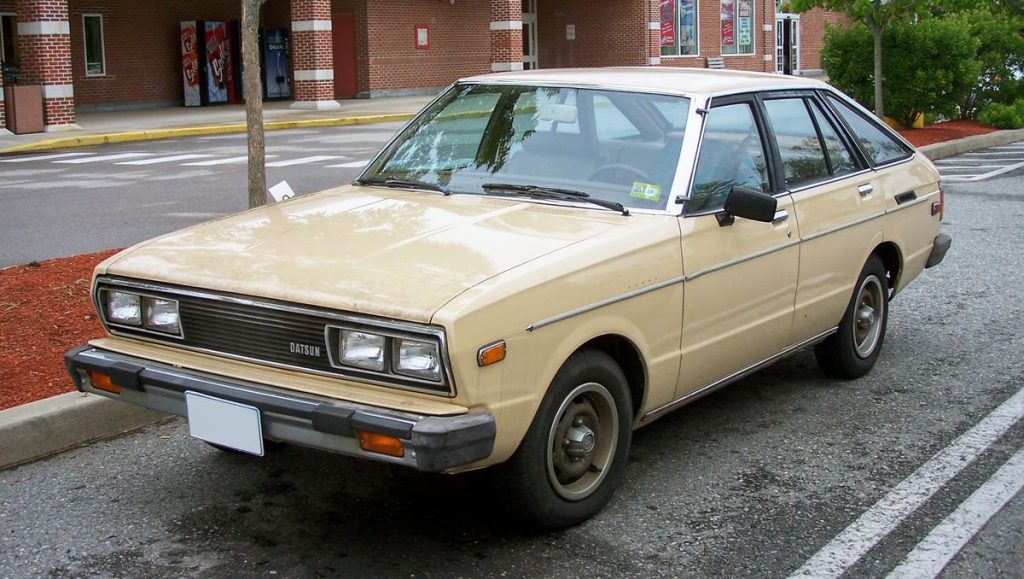
The Datsun 510 might look more familiar with its round headlights, but in its later years, the long-standing model sported rectangular specifications, giving it a slightly more contemporary look. However, these later 510s were actually 1977-1981 Nissan Violets sold under various names in different markets, including the Stanza, but they retained the Datsun 510 branding in the United States.
As a result, they differ significantly from the original (and more popular) models from 1968 to 1973, representing the era of decline.
Equipped with the Z20 engine producing 88 horsepower, this 510 is likely from the 1981 model year and was available in several body styles, including a “four-door hatchback,” as Datsun referred to it at the time. Furthermore, 1981 marked the last model year before the Nissan Stanza took over.
What did the 510 offer buyers tired of the Malaise era in its final years?
It boasted impressive fuel economy from a 2.0-liter NAPS-Z engine, achieving 29 mpg combined, according to the EPA.
This generation of the Datsun 510 was not truly a 510 underneath, as original owners would tell you.
“The revolutionary concept and timely application of this astounding engine have the potential to save American motorists eight million gallons of gasoline in just one year,” promised the advertisements of that time.
“The NAPS-Z (Nissan Anti-Pollution System) engine’s core is a high-performance ‘hemi’ combustion chamber with two spark plugs per cylinder and a ‘fast-burn’ design. This configuration allows the engine to burn fuel more efficiently, extracting the most out of every gallon while reducing unburned waste in the exhaust.”
Both four- and five-speed manual transmissions were available to harness all that power to the rear wheels, but the three-speed automatic was perhaps more fitting for the era, providing the complete late ’70s experience.
Other advertised features included rear and side window defoggers, reclining front bucket seats, steering column stalk controls for lights and wipers, and power-assisted front disc brakes. If you wanted to explore the 1981 Datsun accessories catalog, you could find a few additional goodies, including the most quintessentially 1981 accessory ever: a CB radio.
Ultimately, this is one of those cars that survived in decent numbers in the western parts of the country, especially in California, well into the 1990s. However, it is rarely seen elsewhere, particularly in the salt-ridden northeast where we came across this example. We’re quite certain we won’t encounter another one here (unless it’s the same one), as the days of spotting these vehicles on the road are now a thing of the past.



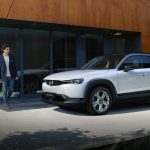
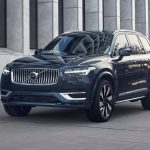
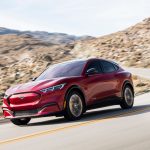




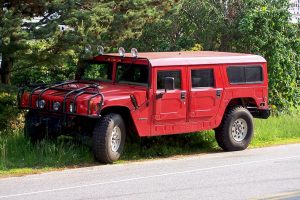
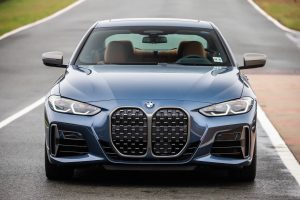





Add Comment